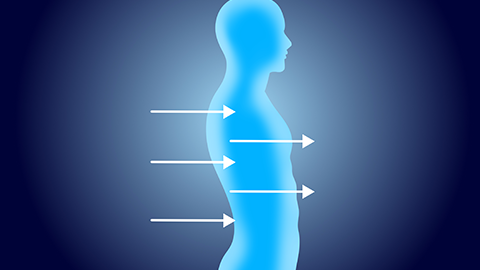How is a cardiac angiography performed?
Cardiac angiography is a common cardiovascular examination method. The examination process typically includes patient preparation, anesthesia, catheter insertion, contrast agent injection, and image capture. A detailed breakdown is as follows:

1. Patient Preparation: Prior to the cardiac angiography, patients should relax and avoid anxiety. They should wear loose clothing and remove their upper garments to facilitate the puncture procedure. Additionally, patients must inform the doctor of any allergy history, especially allergies to contrast agents.
2. Anesthesia: Patients receive local anesthesia at the vascular site on the arm or leg, although general anesthesia may sometimes be chosen to reduce pain and discomfort and to ensure the patient remains still during the examination.
3. Catheter Insertion: The physician inserts a thin, long catheter into the patient's arm or leg, a process known as venipuncture. Although some discomfort may be experienced, the procedure usually takes only a few minutes to complete. The catheter is then advanced to the heart, particularly the coronary arteries, to allow for subsequent injection of the contrast agent.
4. Contrast Agent Injection: Once the catheter is properly placed, the doctor uses a high-pressure injector to introduce the contrast agent into the patient's blood vessel. The contrast agent makes the blood vessels clearly visible under X-ray or other imaging techniques, thereby assisting the physician in observing the structure and function of the heart and blood vessels.
5. Image Capture: After the contrast agent is injected, the doctor begins capturing a series of images using X-ray or other imaging techniques. These images clearly show the blood flow in the coronary arteries of the heart, helping the physician evaluate the heart and vascular health and detect any abnormalities.
At the end of the examination, the physician removes the angiographic catheter and arterial sheath, and applies pressure to the puncture site to stop bleeding and disinfects the area to prevent infection. During the examination, the patient needs to actively cooperate with the physician in all preparatory steps and post-examination care to ensure the smooth progress of the examination and the accuracy of the results.




